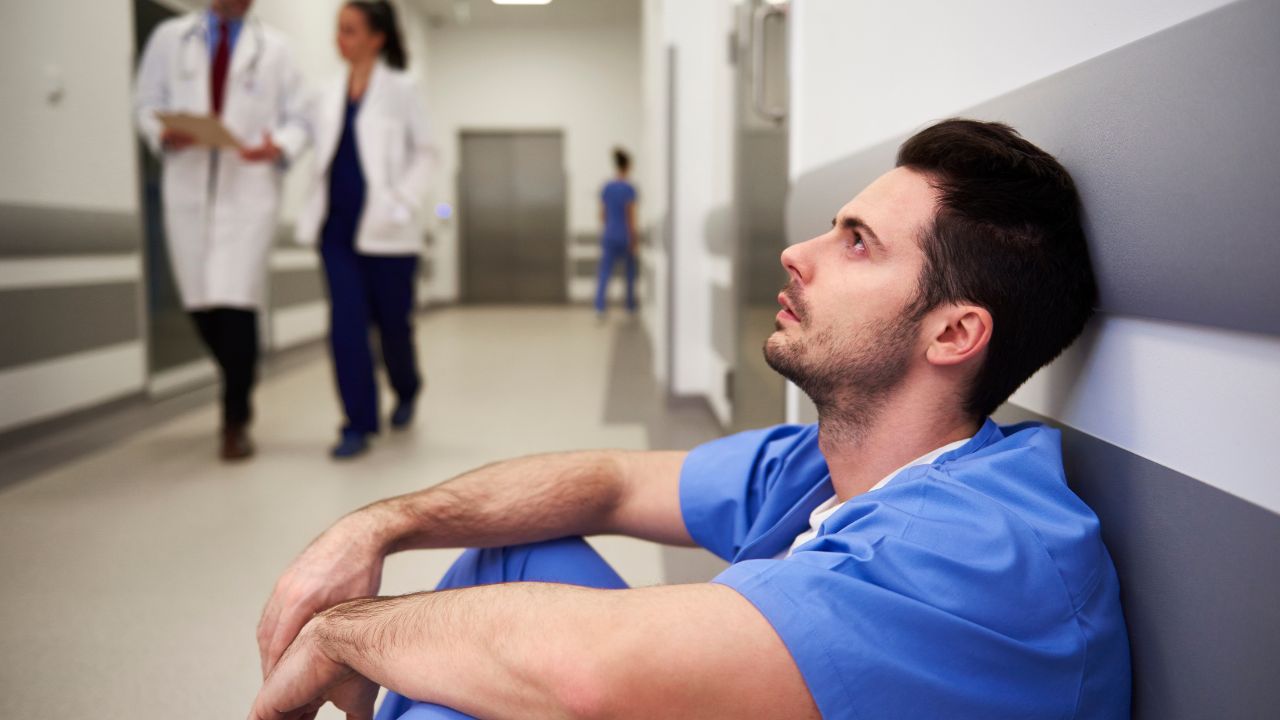How Wearable Technology Changes the Healthcare Delivery Landscape
Wearable devices, such as fitness trackers, smartwatches, and smart glasses, allow providers to track vital signs, record activity levels, and provide personalized feedback. This technology is also enabling greater collaboration between healthcare providers and patients, as well as more efficient and accurate diagnosis and treatment. The ability to collect and analyze data in real time is leading to more personalized, targeted care. Wearable technology is also helping to reduce costs and improve outcomes by providing early access to data that can identify medical problems before they become serious. With its ability to improve communication, collaboration, accuracy, and cost, wearable technology is shaping the future of healthcare delivery.
Wearable healthcare technology tracks your heartbeat, sleep patterns, stress level, pain, and insulin levels - then reports it to the healthcare team or to researchers. It provides reliable, real-time information vital to early diagnosis, personalized insights and treatment, and saving lives.
These devices empower patients, connect with artificial intelligence (AI), improve healthcare outcomes, and reduce healthcare costs by an estimated $200 billion over the next 25 years.
Read More About Healthcare Technology News Here
What is Wearable Technology?
Healthcare wearables are digital devices with embedded sensors that are worn by the user to detect, recognize, diagnose, monitor, and communicate the health and performance data of the user. They can seamlessly integrate into the user's daily activity, causing little to no disruption.
The great majority of these devices are monitors or sensors, and some go beyond monitoring to actually dispense medication or change their own form in response to information collected by the sensor. This type of device is called an actuator or a hybrid sensor/actuator. For example, closed-loop insulin delivery systems are devices that sense glucose levels in the wearer's blood and adjust insulin delivery accordingly. Coming soon, implanted devices with both sensors and actuators will be able to detect atrial fibrillation, frequently a precursor to heart attack or stroke, and release the necessary medication in time from a depot placed under the skin.
The human body presents biological and physiological signs that are the primary focus of healthcare systems and various healthcare-related services and applications. These vital signs encompass a broad spectrum, ranging from commonly observed signs such as heart rate, blood pressure, respiratory rate, and blood oxygen saturation to more specific and advanced indicators such as pain and level of consciousness. Wearable devices are now available that can sense and monitor all of these vital signs.
What Are the Benefits of Wearable Medical Devices?
Here are a few examples of the innumerable and rapidly increasing ways healthcare professionals use them:
Help Monitor Patients with Heart Disease, Diabetes, Alzheimer's, etc.
Remote patient monitoring: Wearable health care devices, such as electrocardiograph (ECG) patches, continuous glucose monitoring systems, or even smart contact lenses, allow nurses and doctors to remotely monitor a patient's health status and vital signs picking up alerts immediately, much sooner than the time it takes for a patient to recognize and report them. This can be particularly helpful for patients with chronic conditions, such as diabetes, heart disease, or hypertension, who require regular monitoring and follow-up care.
To Provide Advice and Care at Any Place and Any Time
Telehealth: Healthcare professionals can conduct virtual visits with patients, regardless of their location, consult with them, engage them in personalized care and provide advice, all remotely, using digital stethoscopes, tablets, or smartphones, and of course, taking advantage of the monitoring to receive the data before and during the visit. Telehealth is a growing nursing specialty.
To Improve Data Quality
Upgraded data collection: Data from wearables does not depend on the patient's memory or impression of their condition or experience. However, gold standard accuracy is still a challenge. As published by the National Center of Biotechnology Information, wearables to monitor heart rate, temperature, and blood pressure report 94% accuracy, while wearable motion trackers, including fall detection, report 99% accuracy. Nevertheless, the information collected with wearable sensors is rich in objective detail in comparison to clinical assessment data.
To Inform the Vanguard Medical Research
Clinical Research: Researchers are using wearable monitors to collect real-world data from patients to inform clinical trials, drug development, and healthcare policy. Some studies show that big data collected using wearable technology may reshape the understanding of population health dynamics and the ability to forecast health trends.
To Engage Patients in Well-Informed Decisions on Their Own Health
Patient engagement: Medication adherence devices to remind patients to take their medication on time, virtual reality to provide immersive experiences that promote relaxation, pain relief, and other health benefits, and the corresponding monitors help healthcare professionals engage their patients in their own care. They provide personalized data and track progress, motivating patients to make positive lifestyle changes.
To Predict Health Concerns
Preventive care: The various wearable monitors help identify potential risks and early intervention to prevent more serious health issues or crises from developing. For example, if a patient's sleep monitor detects abnormal sleep patterns, their doctor can recommend lifestyle changes or further testing to address the issue. Stress monitors can help identify potential mental health issues so as to take appropriate steps to prevent a collapse or lasting harm.
Medical devices and sensors collect a considerable volume of information, informing digital health systems that build, maintain, and communicate patients' medical profiles, enabling quality of care, allowing personalized forecasting with big data analytics, predicting future health concerns, and proactively preventing them.
Wearable Healthcare Devices: The Secret to a Happier Nursing Work Environment
Wearable healthcare devices are transforming the healthcare industry in ways that were unimaginable not too long ago. Not only do they prevent physical and mental crises, bring healthcare to remote locations, inform research, and empower patients to engage effectively, but they also streamline tasks and relieve tired nurses of some of the unending work. The devices are taking some of the burdens off the nurses and allowing them to focus on what they do best – providing quality care to patients.









.jpg)

.jpg)


